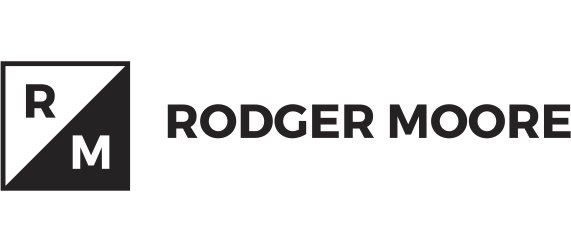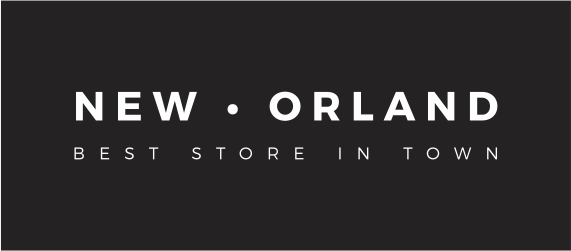
How Top Digital Marketing Agency Market Their Own Brand Online- Reliable Digital Marketing Services
With digital presence being the hallmark of credibility, what a digital marketing agency preaches, it

Specialist Expert
Leads Generated
UpRango isn’t just another b2b digital marketing agency. We’re the best digital marketing agency trusted by names big and small. Forbes India and Clutch have called us top-notch, and we’ve earned it. From better search rankings to ad wins, we help brands shine online.

Top Digital Marketing Agencies
Best SEO Company With 5 star rating

Top Rated with 4.8 star rating

Top Advertisign & Marketing Agencies

Certified partner

Best SEO Company

Top Digital Marketing Company in india

Best SEO Company

Top Rated with 4.8 star rating
UpRango leads the industry with the best in-house digital marketing team, consisting of over 400+ experts, including social media marketers, PPC specialists, content marketers, reputation management professionals, and SEO experts, all working under one roof. This unique setup helps our experts to collaborate closely, share innovative ideas, and deliver exceptional results.
Our digital marketing specialists team includes doctorate-level experts, former Google professionals, and specialists from around the world who have been with us for decades. We are not just a digital marketing firm; we are a research-driven b2b digital marketing agency.






At UpRango, we specialise in full-scale b2b digital marketing services that power up your growth. Based in India, we work with businesses in the USA, UK, Canada, and Australia. From SEO to HubSpot inbound, we handle it all with proven strategies.
Our SEO strategies are focused on achieving results to help your website rank better and gain organic visitors.
Build your community and grow brand awareness through our proven social media services.
Drive quality leads and better returns with our smartly managed PPC advertising campaigns.
Stand out with compelling, SEO-rich content that speaks directly to your target audience.
Grow your online store with our Shopify-focused digital marketing strategies built for results.
Use our HubSpot inbound tools to attract, convert, and retain customers more effectively.



Site Traffic Increase
Organic Traffic Increase
GAds Click Increase










With digital presence being the hallmark of credibility, what a digital marketing agency preaches, it

The way you present yourself online could decide the fate of your brand in the

Artificial Intelligence (AI) is no longer an emerging trend — it’s now the core engine
Discover how UpRango can boost your online presence and drive growth. Fill out the form to get started with a free consultation from our marketing experts.
At UpRango, we are committed to your digital success. Our team of experts works tirelessly to provide top-notch digital marketing solutions tailored to your business needs.
Follow us on social media to stay updated with the latest trends, tips, and news in digital marketing. Join our community and engage with our experts for valuable insights and updates.
At UpRango, we are committed to your digital success. Our team of experts works tirelessly to provide top-notch digital marketing solutions tailored to your business needs.
Follow us on social media to stay updated with the latest trends, tips, and news in digital marketing. Join our community and engage with our experts for valuable insights and updates.